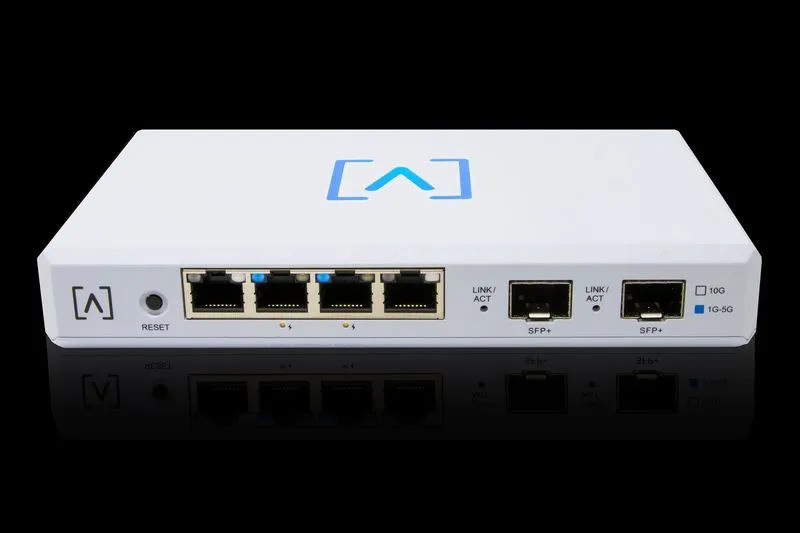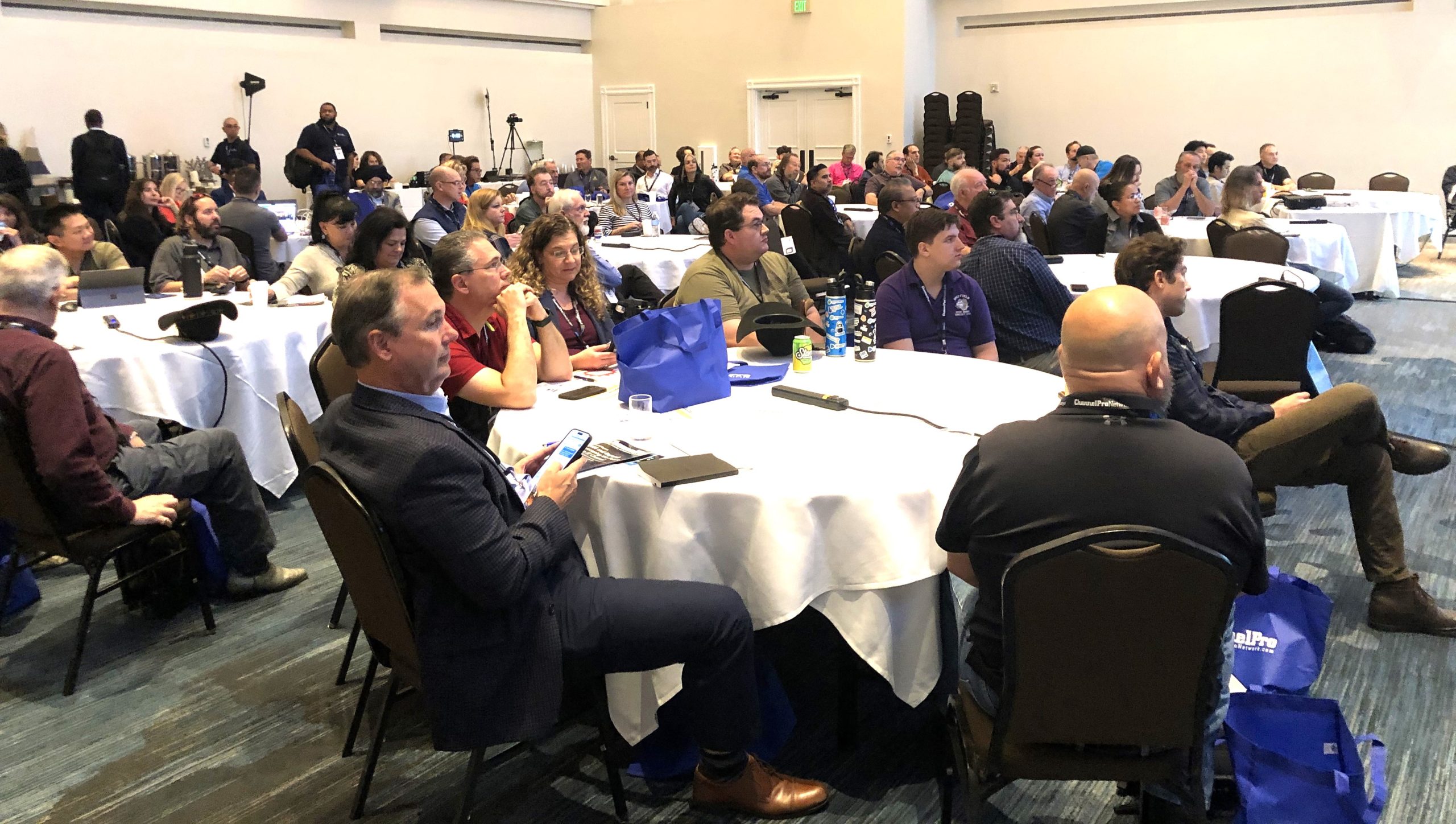Arcserve has shipped the newest version of Arcserve Replication and High Availability (RHA), a solution designed to combine availability functionality with automatic failover and continuous data protection.†The new release adds availability support for systems and applications running Linux, extends full system support of Windows and Linux workloads to Azure, and provides performance and usability improvements, as well as new platform certifications.
According to Arcserve, businesses looking to meet the demands of today’s always-on economy and digital transformation, companies are changing how they approach business continuity, focusing less on data backups and application recovery times and more on continuous availability of critical business systems and applications.†Managing multiple replication tools that work only with specific applications or systems, however, can make achieving that goal difficult.
“Arcserve has designed RHA to address this challenge, integrating with multiple applications, operating systems, and platforms, said Andrew Smith, research manager on IDC’s Enterprise Infrastructure Practice, in a pressstatement.†”This has the potential to ease the burden and costs of managing siloed tools, and can also reduce the risk of downtime for companies that can’t afford any disruption to business continuity.”
Using a journal-based process rather than snapshot-based backups, Arcserve RHA continuously replicates data at the file system level in folders and applications as well as both physical and virtual systems, using “heartbeat-powered” automatic failover technology to ensure they remain operational. Designed to work on dissimilar hardware and environments, the system make using a collection of expensive replication tools focused on specific applications and systems unnecessary.
“We are using Stratus Technologies’ everRun Extend, powered by Arcserve RHA, in multiple locations to protect the Access Control Systems (ACS) for a large financial company, which we’ve found to be perfect for maintaining functional warm redundant servers,” said Patrick Callahan, vice president of physical security solution provider Sawyers Control Systems, in prepared remarks. “This solution has made maintenance work and the entire business continuity process very easy. It’s unlike any other high availability solution we’ve evaluated and allows us to seamlessly achieve continuous access to systems for our clients who can’t afford any extended downtime.”
The new edition of RHA protects data both on and off premises, and†allows IT teams to maintain up-to-date replicas of mission-critical systems; Windows systems to XenServer, VMware, Hyper-V, Amazon EC2, or Microsoft Azure; Linux systems to VMware, Hyper-V, KVM, Amazon EC2, or Microsoft Azure.†Users can also keep applications available and accessible through real-time replication on physical servers, VMware, Hyper-V, Amazon EC2, or Microsoft Azure;†manage data replication for Exchange, SQL, IIS, SharePoint, Oracle, Hyper-V, and custom applications in one program;†rollback applications to a point in time before a system crash, data corruption, or ransomware event; and†transfer data with AES-128, AES-256, or custom-level encryption between local and remote locations without the need for a VPN.
“Arcserve RHA was developed to provide organizations with true, continuous application and system availability,” said Arserve CTO Oussama El-Hilali in a media statement. “There are vendors in the business continuity space that claim to offer high availability, but the technology just isn’t there. What they’re doing is providing snapshot-based backups, or replication with short RPOs. And many only support virtual machines so you’re stuck if you have critical physical on-premises systems that need to remain operational. Arcserve RHA, on the other hand, delivers availability for on-premises, remote, and cloud systems and applications; which are the foundation of most IT infrastructures.”
Arcserve shipped a new edition of its Unified Data Protection solution with support for the Nutanix AHV hyperconverged infrastructure (HCI) platform and Microsoft’s OneDrive file sync and share solution in May, and introduced an enhanced generation of its BDR appliances designed to help midsize businesses spin up large volumes of physical and virtual machines locally during scheduled or unplanned downtime in February.














